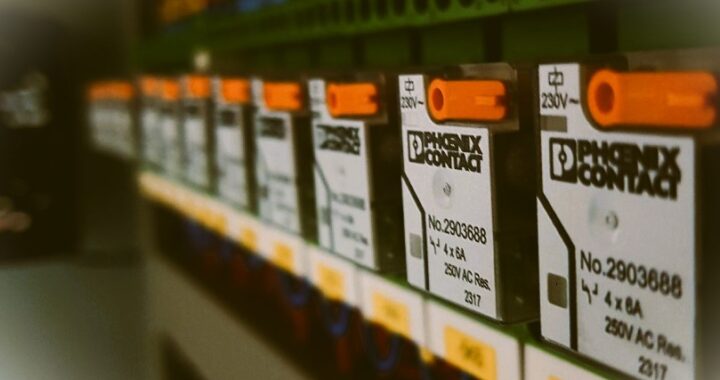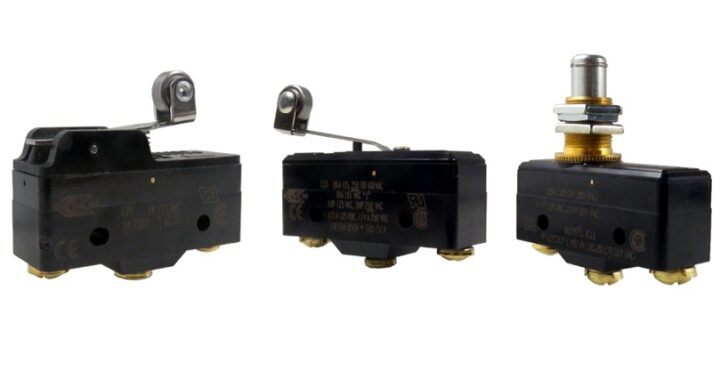Advantages and Disadvantages of Transistors to Consider

Possibly one of the greatest revolutions in the history of electrical engineering occurred with the invention of the transistor by Bardeen, Brattain, and Shockley at the Bell Telephone Laboratories in 1948. Later they were awarded a Nobel Prize for this invention. In 1956, the same laboratory invented the PNPN triggering transistor, which later came to be known as the thyristor or silicon-controlled rectifier (SCR). In 1958, the General Electric Company introduced the first commercial thyristor, marking the beginning of the modern era of power electronics. Many different types of power semiconductor devices have been introduced since that time pushing the limits of operating power and efficiency and long-term reliability. Apart from its long history, the transistor has many advantages. But also has some disadvantages as well. Let’s list the pros and cons one by one.
Advantages of Transistor
The benefits of the transistor are:
- Power transistors are used in applications ranging from a few to several hundred kilowatts and switching frequencies up to about 10 kHz.
- Effectively, the transistor is equivalent to having two pn-diode junctions stacked in opposite directions to each other. The two types of a transistor are termed npn and pnp. The npn-type transistor has a higher current-to-voltage rating than the pnp and is preferred for most power conversion applications.
- Like most other power devices, power transistors are generally constructed using silicon. The use of silicon allows the operation of a BJT at higher currents and junction temperatures which leads to the use of power transistors in AC applications where ranges of up to several hundred kilowatts are essential.
- Power transistors have exceptional characteristics as an ideal switch and they are primarily used as switches.
- Transistor has a compact size. It is very small and you can find tens of transistors in an electrical circuit.
- It provides a high voltage gain and requires minimum supply voltage.
- It does not require any heating power. It does not have a filament element.
- Compared to a vacuum tube the transistor has a long lifespan. Some transistorized devices have been in service for more than 30 years.
- Controlling high-power circuits is easy.
- The circuit design is simple.
- It operates very fast.
- It is durable and can withstand mechanical shock and vibration.
- It is not expensive. (Check price)
- Testing of the state of a transistor can be done with a multimeter.
- Its output voltage remains constant in spite of the change in temperature.
- It has no moving parts and hence there is no tear and wear.
- It gives noiseless operation.
- It requires little maintenance.
- It has a long history and lots of types have been produced after its first invention.
- Transistor has wide applications such as digital and analog circuits, signal amplifier devices, cell phones, power regulators, microprocessors, computers, radar and hand-held two-way radios.
Disadvantages of Transistor
The drawbacks of the transistor are:
- Because of relatively larger switching times, the switching loss significantly increases with switching frequency. (The higher the switching frequency, the more power loss.)
- Transistors must be protected against high currents and voltages to prevent damage to the device. Since they are able to absorb very little energy before the breakdown, semiconductor fuses cannot protect them.
- Transistors except for FET (Field Effect Transistors) have low input impedance.
- The transistor is temperature-dependent.
- It has a very complex control.
- Most power transistors are unable to block reverse voltages in excess of 20 V. Reverse voltages can easily damage the transistor and therefore they should not be used in AC control applications without a reverse shunting diode connected between the emitter and the collector.
- The switching time is not very fast compared to a high alternating frequency of current and voltage.
- It produced very low energy.
- Bipolar transistors are particularly sensitive to voltage stress, more so than to stress induced by high currents.
- The output voltage cannot be changed easily as no such means is provided. Therefore, the DC output voltage is not adjustable.
- Due to its small size, it is difficult to trace faulty ones due to failure. Moreover, it is very difficult to unsolder and replace new ones. If you change a transistor, all parameters and operating points change.
- Manufacturing techniques are very complex and require high automation techniques.
- Transistor has non-zero ON resistance. Hence when it is ON, the voltage across the transistor is never zero. Moreover, during the OFF state also, there is a flow of small leakage current.
- It is estimated that as much as 95% of transistor failures in the field are directly or indirectly the result of excessive dissipation or applied voltages in excess of the maximum design limits of the device.
- It is sensitive to radiation and cosmic rays.
In conclusion, the invention of the transistor in 1948 marked a significant milestone in the history of electrical engineering. This invention has revolutionized the field of power electronics and has led to the development of many different types of power semiconductor devices that have pushed the limits of operating power, efficiency and reliability. The transistor has several advantages such as high voltage gain, high-speed operation, noiseless operation and wide applications in different fields. However, it also has some disadvantages such as complex control, sensitivity to voltage stress and radiation and non-zero ON resistance. Overall, the transistor has proven to be an invaluable device that has had a tremendous impact on the advancement of technology.

 Types of Timer Relays and Their Applications
Types of Timer Relays and Their Applications  Relay Applications: Real-Life And Industrial Examples
Relay Applications: Real-Life And Industrial Examples  Types of Micro Switches and Their Applications
Types of Micro Switches and Their Applications  Best Voltage Testers for Home Use: 2023 Edition
Best Voltage Testers for Home Use: 2023 Edition  Advantages of Transducers for Optimal Measurement
Advantages of Transducers for Optimal Measurement  Advantages of Infrared Sensors: Improved Accuracy and More
Advantages of Infrared Sensors: Improved Accuracy and More